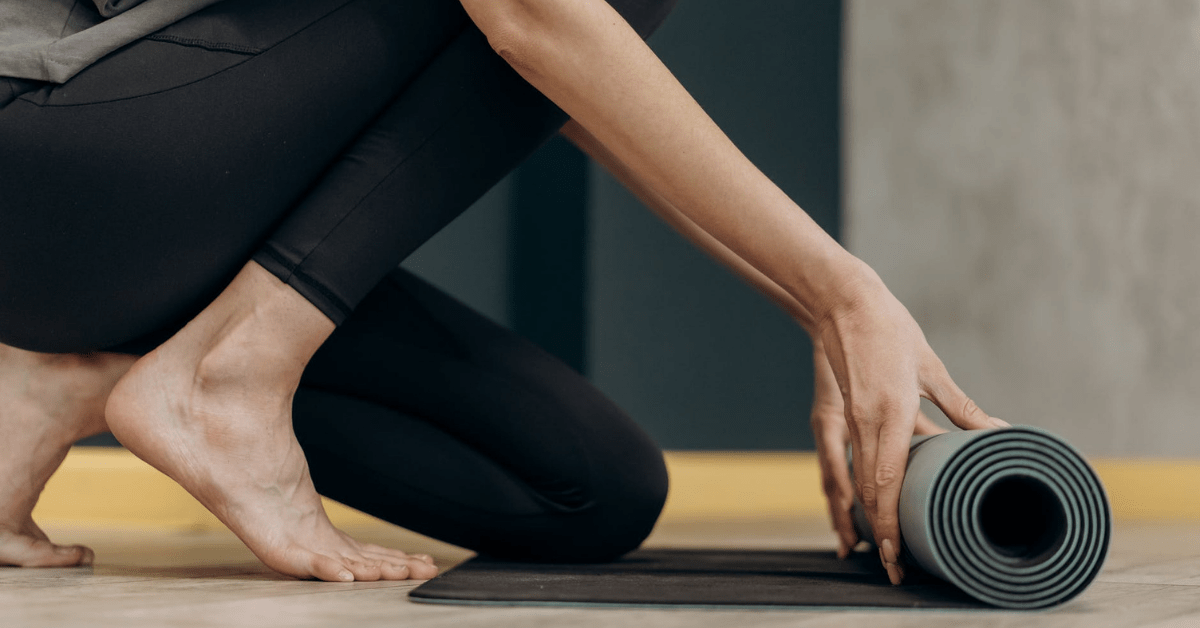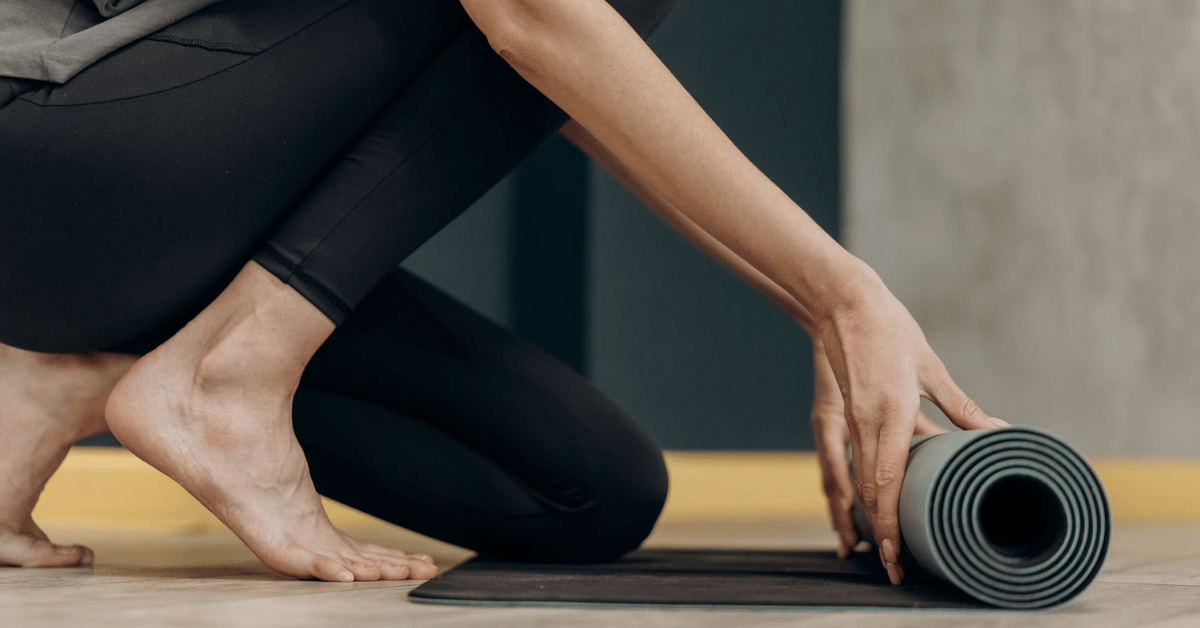If you’re not a professional, replacing your bicycle tires can be intimidating at best or frightening at worst! They come in a wide array of styles, sizes and prices. Whether you’re on a road, mountain, commuter, trail or street bike, we are going to give you some useful tire tips. Our expert advice is broken down into three key areas:
1] Lifespan – Know when it’s time to swap your tires.
2] Size – Find out what tire size you need for your bike.
3] Tread – Different bikes have different tread requirements.
Knowing when to replace bike tires
So, first things first. Knowing when to replace a tire is vital if you want to avoid getting stuck out on the road after an unexpected puncture. Knowing the durability and expected lifespan of your tires if very important.
Some bikes, particularly road ones, come with a handy “wear indicator” which tells you when your tires are past their prime. If you don’t have such a tool, you’ll need to use your eyes and look for the following signs:
- Cracked tires indicate that the rubber has lost its elasticity and are a problem waiting to happen.
- Deep cuts that go down to the casing or inner tube need to be replaced immediately.
- If the tire looks more square than round in the centre of the tread, that’s a strong indicator that the tread has worn away.
- For mountain bike tires, look at the centre lugs. Worn-down ones appear round and small. These worn ones will directly affect your ability to stop and accelerate.
Selecting the right tire size
Most modern bikes are equipped with one of a few common wheel sizes. You’ll need to know what size your bike uses to get replacement tires that fit. If you buy bicycle tires with the incorrect diameter, it will be impossible to install them on your bike.
Finding out what size you need is easy, just look at the side of your current tires to see the markings.
- The first number listed is the tire diameter. Most common options are 700 millimetres for road bikes and 26, 27.5, 29 inches for mountain bikes.
- The second number is the width of the tire.Again, this number is expressed in inches for mountain bike tires and millimetres for road tires.
Now you know what size you need, let’s talk about tread…
Matching tread pattern with riding needs
Different tread can give you different results – more grip and traction, smoother and faster rides, increased traction and torque and so on. Let’s match each kind of bike with its appropriate tread.
Road bike
Slick tires mean less rolling resistance, aka faster rides! They often have small channels along the edges, allowing water to escape from under the tire. This helps improve traction when cornering or going over uneven surfaces.
Commuter bike
These vary from semi-slick to full slick. A semi-slick tire has a smooth middle part with small lugs along the edges; these provide traction when you go on unpaved roads. If you commute in the wintertime, you’ll want to consider switching over to tires with studs, to enable better grip over ice and snow.
Mountain bike
The tread on these bicycle tires varies considerably depending on what type of mountain bike is being ridden: cross-country, trail, all-mountain or enduro. Bikes that traverse relatively firmly packed trails can get away with smaller, tightly spaced treads. For rougher surfaces, tires that roll efficiently and still give traction are required. This means a tire with ramped lugs is needed.
And here’s a surprise, enduro racers often have different front and back tires! An aggressive and grippy tire is mounted on the front wheel, while the rear wheel is focused on rolling resistance.















